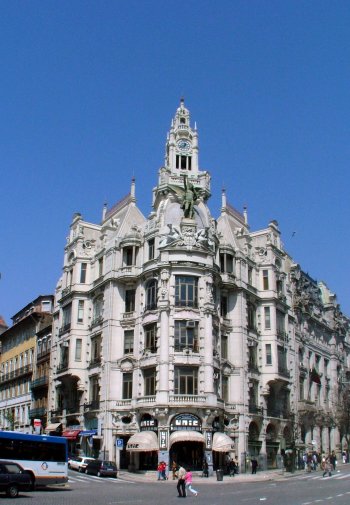Explore the best places
Heritage in Portugal
Edifício da Antiga Companhia de Seguros Douro
- heritage
Largo São Domingos
4050-545, Porto
It was built to be the headquarters of the Ordem de São Francisco but, in 1832, during the Porto Siege, it almost all destroyed by a fire. The Banco de Portugal (national Portuguese bank), Banco de Lisboa at the time, bought and repaired it. Its name comes from the fact it was once the headquarters of the insurance company Douro.
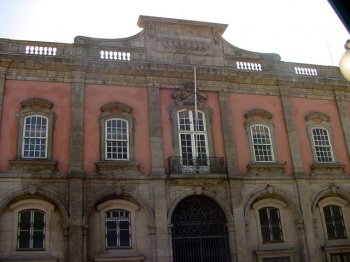
Edifício da Feitoria Inglesa
- heritage
Rua do Infante Dom Henrique, 8
4050-296, Porto
The house of the factory was built between 1785 and 1790. The plan was assigned to the consul John Whitehead and is inspired in the neo-Palladian English style. Inside the beautiful stairs, with the skylight, the ball-room and the monumental kitchen stand out. Placed at the last floor, the kitchen still has all the original equipment and the primitive baixela (silver tableware).
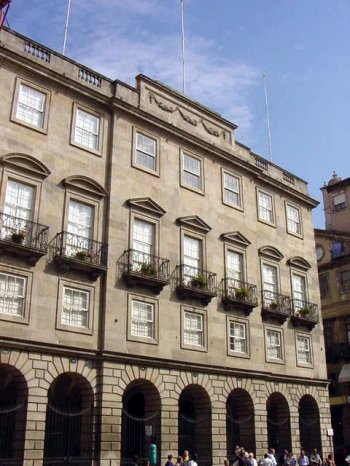
Igreja de Nossa Senhora do Patrocínio / Recolhimento do Ferro
- heritage
Escadas do Codeçal, 56
4000-173, Porto
Originally built at the Rua Escura between the XVI and XVII centuries, it was, in 1757, transferred to the place it now occupies.
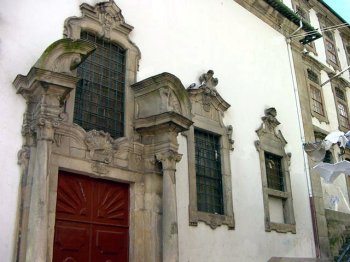
Edifício do Hospital de Santo António
- heritage
Rua do Professor Vicente José de Carvalho, 37 - Largo Professor Abel Salazar
4099-001, Porto
This is a John Carr designed construction, with a salient entrance in the façade. The main façade is neoclassical. According to the initial plan, the building should have four façades but it ended in a U form because of the financial availability to execute the back façade.
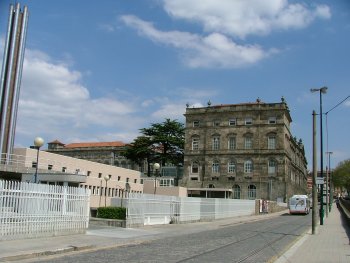
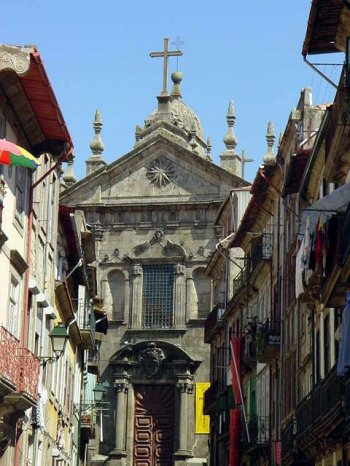
Igreja de São Pedro de Miragaia
- heritage
Largo de São Pedro de Miragaia
4050-564, Porto
There isn’t much left of the original temple, partially destroyed in 1740. Inside, the golden carving stands out. It has a portal with a triangular fronton, surrounded by pilasters on the main façade. Inside is a nave covered by a vault.
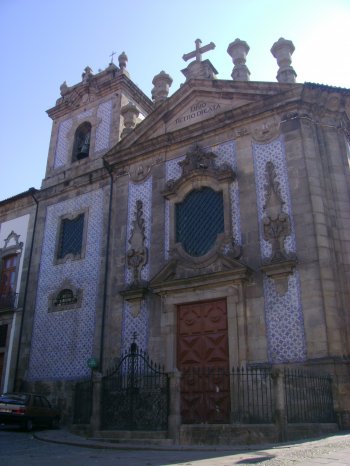
Edifício dos Paços do Concelho no Porto / Câmara Municipal do Porto
- heritage
Praça General Humberto Delgado, 266
4000-286, Porto
Construction of the building began in the 1920s and dragged on for many years. It was finally inaugurated on 24 June, 1957. The work was architecturally inspired in the great communal palaces of northern France and Flanders. The building consists of a basement, six floors and interior patios, occupying an area of 2,438 m2. Constructed of granite from the quarries of S. Gens and Fafe, with the remaining materials being: reinforced concrete, marbles of different colours and oak and sucupira woods. In front of the main door and framed by the ramp is the statue of Almeida Garrett, inaugurated in …
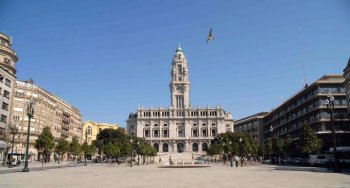
Cadeia e Tribunal da Relação do Porto / Centro Português de Fotografia
- heritage
Largo Amor de Perdição
4050-008, Porto
Contemporaneous of the emblematic and neighbour Clérigos Tower, this building of the XVIII century was, for many years, a prison. On its dungeons were men like the Duque da Terceira (a noble), Zé do Telhado (the portuguese version of Robin wood) e Camilo Castelo Branco (XIX century writer), who wrote there one of the most famous romances, “Amor de Perdição”. The main façade divides in three floors, having a central body slightly salient, on which the entrance portal is.
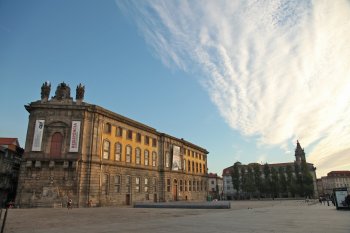
Praça da Liberdade
- heritage
Praça da Liberdade
4000-322, Porto
The Praça da Liberdade has known several names along the centuries. Its construction was due to the progressive growing of the city. It was a meeting point for politicians, writers and artists and became a place searched for all classes. Among other marking events there will always be the death by hanging of the liberals, in 1829, (after this rehabilitated as “liberty martyrs”. In 1866 is open the monument to the liberal King, a tribute of the city to D. Pedro IV. The Portuguese Republic was first proclaimed here, January, 31st, 1891. In 1916, when the city council decided to …
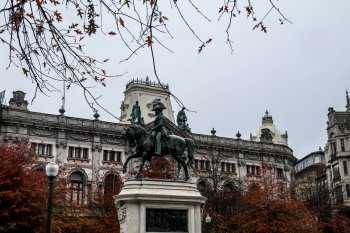
Avenida dos Aliados
- heritage
Avenida dos Aliados
4000, Porto
A Avenida dos Aliados, inicialmente Avenida das Nações Aliadas, foi aberta em 1916, nos terrenos a norte da Praça da Liberdade. Do projeto inicial, nasceu uma avenida rodeada de prédios de grande beleza arquitetónica e com alguns jardins, jardins que desapareceram mais tarde com a reformulação pelas mãos dos arquitetos Álvaro Siza Vieira e Eduardo Souto Moura. No cimo desta avenida encontra-se a Câmara Municipal.
